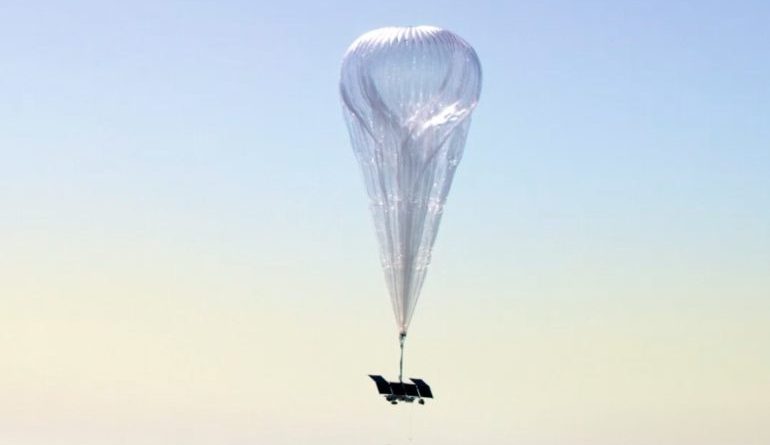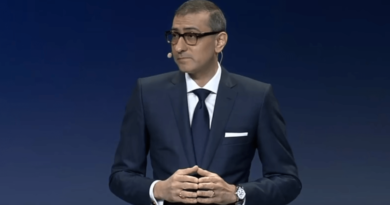Loon Internet Balloons Being Piloted By Google AI
Fully autonomous cars may not be here yet, but artificial intelligence (AI) is already piloting Loon’s fleet of internet-providing balloons.
Loon is one of Alphabet’s companies dedicated to providing internet access to rural and underserved areas. The company uses high-altitude balloons that drift in the stratosphere, 11 to 16 miles above the Earth’s surface, creating a wireless network to provide internet access.
The company announced in a blog post that it has turned over navigation of the balloons to Google’s deep reinforcement learning AI.
“In our ongoing efforts to improve Loon’s navigation system for our stratospheric connectivity mission, a small group of colleagues at Loon and Google AI had been working to develop a more powerful navigation system that leverages deep reinforcement learning (RL), which is a type of machine learning technique that enables an agent to learn by trial and error in an interactive environment using feedback from its own actions and experiences,” writes Salvatore Candido, Loon CTO. “This contrasts against the conventional approach of the automated system following fixed procedures artisanally crafted by engineers.”
While some may question whether the balloon’s RL qualifies as a true AI, Candido believes it has now crossed that line.
“In my last post about Loon’s navigation system, I asked the question of whether we were dealing with AI. My answer was uncertain,” continues Candido. “This time my answer is even more nuanced. While there is no chance that a super-pressure balloon drifting efficiently through the stratosphere will become sentient, we have transitioned from designing its navigation system ourselves to having computers construct it in a data-driven manner. Even if it’s not the beginning of an Asimov novel, it’s a good story and maybe something worth calling AI.”
Whatever degree of AI Loon’s navigation system achieves, it’s a significant development in the technology.

